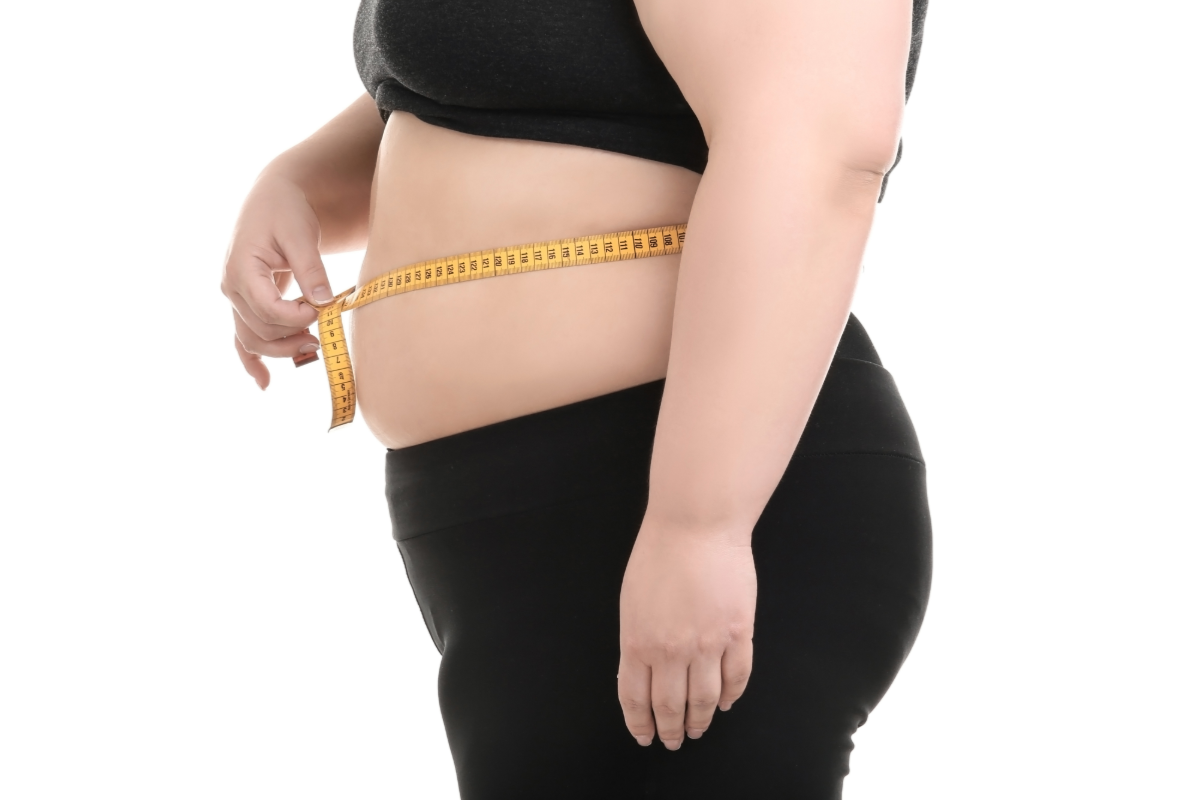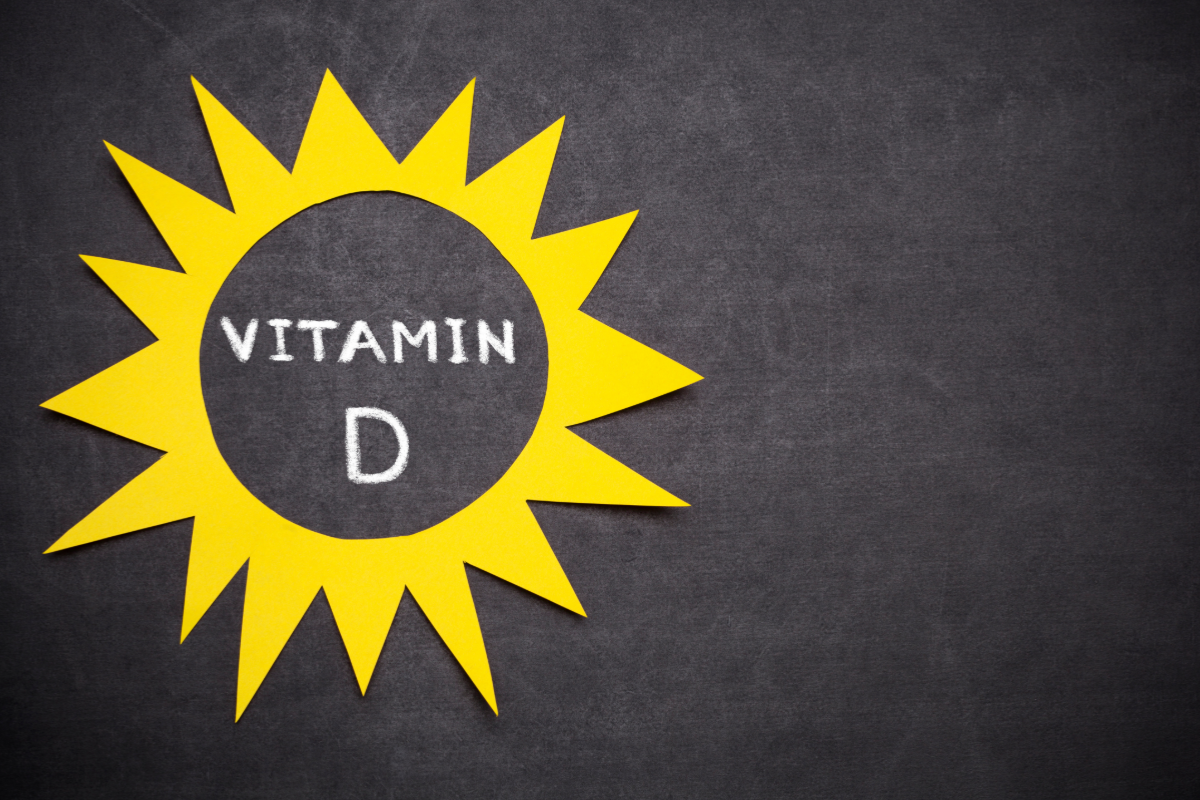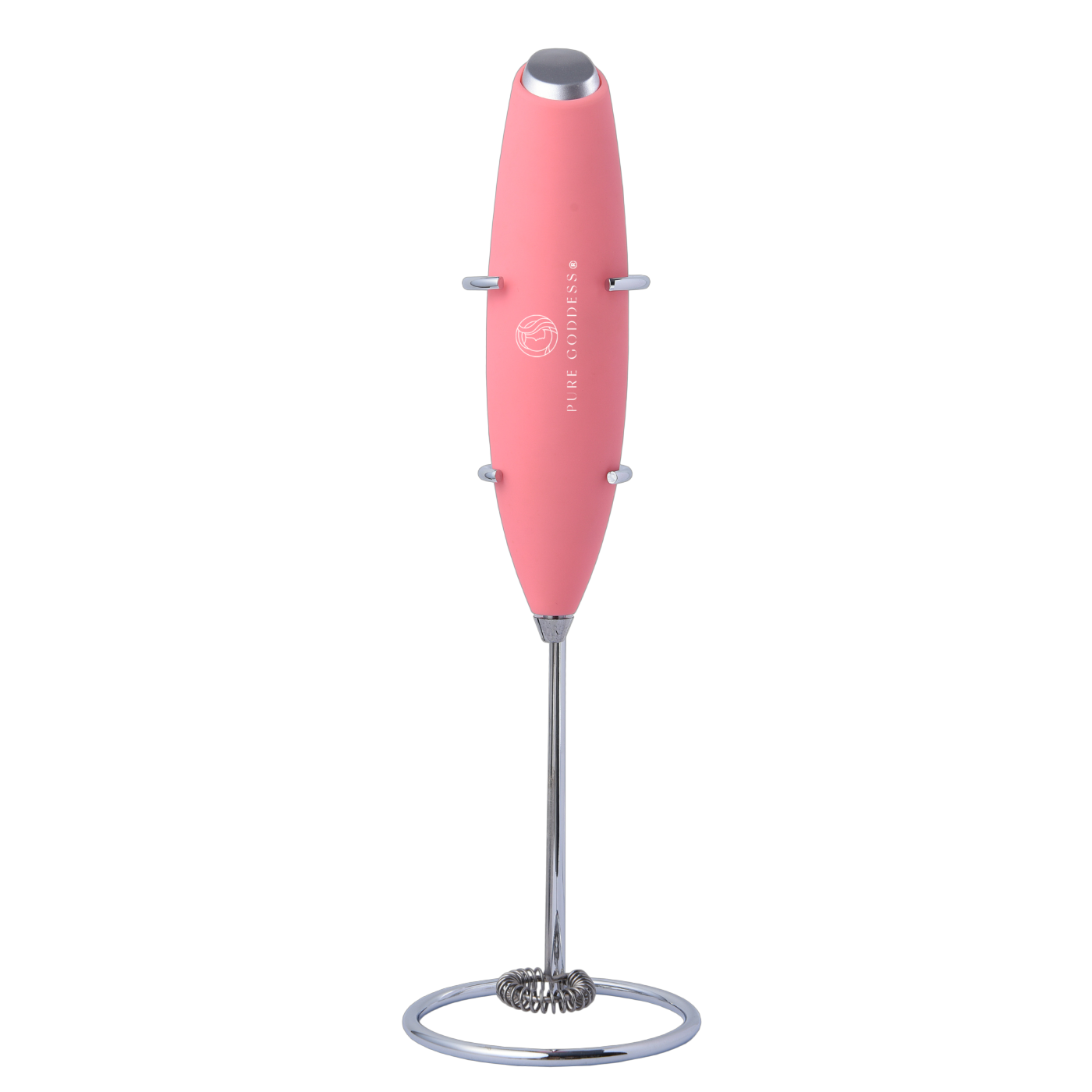
Menopause Belly: Why It Happens and How to Get Rid of It
If you’ve hit midlife and noticed a stubborn new resident around your midsection that refuses to leave no matter how much you exercise or cut back on carbs, welcome to the world of menopause belly. It’s that frustrating, bloated, and seemingly impossible-to-shift weight gain that so many women experience during and after menopause.
But why does menopause belly happen, and more importantly, what can you do about it? Let’s break it down and find some science-backed solutions.
What Is Menopause Belly?
Menopause belly refers to the accumulation of fat around the abdominal area that many women experience during menopause. Unlike regular weight gain, this particular type of fat distribution is often hormone-driven, making it harder to lose through traditional diet and exercise methods.
It’s not just a cosmetic concern, excess belly fat, particularly visceral fat (fat stored deep inside the abdominal cavity), is linked to an increased risk of heart disease, type 2 diabetes, and metabolic disorders.

Why Does Menopause Belly Happen?
Menopause brings a wave of hormonal, metabolic, and lifestyle changes that all contribute to weight gain in the midsection. Here’s what’s really happening:
1. Declining Estrogen Levels
Estrogen plays a major role in fat distribution. Before menopause, women tend to store fat in their hips and thighs. But as estrogen levels drop, the body shifts to storing fat around the abdomen instead. This is partly due to the body’s attempt to compensate for lower hormone levels, fat cells actually produce small amounts of estrogen, so the body holds onto them for dear life.
2. Slower Metabolism
Ageing naturally slows down metabolism, meaning the body burns fewer calories at rest than it used to. This means that even if you’re eating the same amount of food, you may still be gaining weight, particularly around the belly.
3. Increased Cortisol (Stress Hormone)
Menopause often coincides with other midlife stressors, children leaving home, ageing parents, career changes, which can lead to higher levels of cortisol, the stress hormone. Unfortunately, cortisol encourages fat storage around the belly.
4. Muscle Loss (Sarcopenia)
As we age, we lose muscle mass, which further slows metabolism. Since muscle burns more calories than fat, this means fewer calories are burned throughout the day, making weight gain more likely.
5. Insulin Resistance
Menopause can lead to increased insulin resistance, making it harder for the body to regulate blood sugar. This results in more fat storage, particularly in the abdominal area.

How to Get Rid of Menopause Belly
The good news? While menopause belly is stubborn, it’s not permanent. A combination of strategic lifestyle changes can help reduce belly fat and improve overall health.
1. Prioritise Strength Training
Lifting weights or doing bodyweight exercises (like squats, lunges, and push-ups) can help build muscle, which in turn boosts metabolism and burns more calories even at rest. Aim for two to three strength training sessions per week.
2. Focus on Protein
Protein is essential for maintaining muscle mass and keeping you full. Include protein-rich foods like:
-
Lean meats (chicken, turkey, fish)
-
Eggs
-
Legumes and beans
-
Greek yoghurt
-
Nuts and seeds

3. Incorporate Cardiovascular Exercise
Cardio helps burn calories and improve heart health. High-intensity interval training (HIIT) has been shown to be particularly effective for burning belly fat, but even moderate-intensity activities like walking, swimming, or cycling can help.
4. Manage Stress Levels
Since high cortisol levels contribute to belly fat, finding ways to manage stress is crucial. Try:
-
Yoga
-
Getting enough sleep (7-9 hours per night)
-
Spending time in nature
5. Balance Blood Sugar with Smart Eating
Since insulin resistance plays a role in menopause belly, focus on foods that keep blood sugar stable. Avoid refined sugars and processed carbs, and opt for whole grains, fibre-rich vegetables, and healthy fats instead.
For recipe inspiration, check out our Pure Goddess 28 Day Metabolic Reset Ebook - also available as a paperback book!
6. Cut Back on Alcohol
Alcohol can increase belly fat and disrupt hormone levels. Try limiting alcohol consumption or switching to lower-calorie options.
7. Stay Hydrated
Drinking plenty of water helps with digestion, reduces bloating, and keeps metabolism functioning properly. Aim for at least 2 litres of water per day.
8. Consider Hormone Replacement Therapy (HRT)
For some women, HRT can help balance hormones and reduce weight gain. Talk to your doctor to see if it’s a suitable option for you.

How Metabolism & Energy Superblend Can Help
One powerful tool to help combat menopause bloating and weight gain is Metabolism & Energy Superblend. This supplement is designed to support metabolism, energy production, and digestive health, all key factors in reducing menopause belly.
-
Supports Fat Metabolism – The unique blend of natural ingredients helps the body burn fat more efficiently, making it easier to maintain a healthy weight.
-
Boosts Energy Levels – Many women experience fatigue during menopause, and this blend provides a natural energy boost without relying on caffeine or stimulants.
-
Reduces Bloating – Gut health is a major factor in menopause-related bloating. The Superblend includes ingredients that support digestion and help reduce uncomfortable bloating.
-
Balances Blood Sugar – Keeping blood sugar stable is key to avoiding excess fat storage, and this supplement supports better glucose metabolism.
Adding Metabolism & Energy Superblend to your daily routine, alongside a balanced diet and exercise, can make a significant difference in managing menopause belly and boosting overall well-being.

The Bottom Line
Menopause belly may be a common struggle, but it’s not something you have to accept as an inevitable part of ageing. By making smart lifestyle choices, managing stress, and prioritising strength training and nutrition, you can keep belly fat in check and feel healthier in the process.
Remember, this stage of life is about more than just weight. It’s about embracing new ways to support your body, prioritising well-being, and finding balance. And if all else fails, at least you finally have a built-in excuse for wearing comfy elastic-waist pants!




2 comments
Hello. I literally do all of the above except take that Superblend. If I take that as well, is that a 100% guarantee that I will lose my recently gained menopausal belly fat?
Samantha Daley
Hello
Is it possible to get a copy of the Pure Goddess 28 Day Metabolic Reset Ebook?
Thank you
Liz Petritziklis
Leave a comment
This site is protected by hCaptcha and the hCaptcha Privacy Policy and Terms of Service apply.